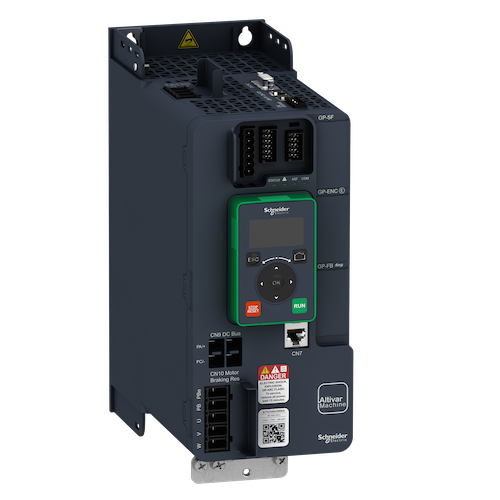Schneider Electric Industrial Electrical Network Design Guide

Introduction to Electrical network protection guide Among their multiple purposes, protection devices:. Contribute to protecting people against electrical hazards,. Avoid damage to equipment (a three-phase short-circuit on medium-voltage busbars can melt up to 50 kg of copper in one second and the temperature at the centre of the arc can exceed 10000 °C),. Limit thermal, dielectric and mechanical stress on equipment,.


Schneider Electric Industrial Electrical Network Design Guide
Maintain stability and service continuity in the power system,. Protect adjacent installations (for example, by reducing induced voltage in adjacent circuits). In order to attain these objectives, a protection system must be fast, reliable and ensure discrimination. Protection, however, has its limits because faults must first occur before the protection system can react. Protection therefore cannot prevent disturbances; it can only limit their effects and their duration. Furthermore, the choice of a protection system is often a technical and economic compromise between the availability and safety of the electrical power supply. Fiigure 1 – Protection system. Scope The process for identifying the need for an UPS system, selecting, installing, and maintaining the UPS system are covered. Covered topics: – Theory and principles of static and rotary UPS systems, design and selection of UPS, installation and testing of UPS, maintenance and operation of UPS systems, principles of static and rotary UPS, UPS system rating and sizing selection, operations/maintenance, batteries, troubleshooting, harmonic distortions, grounding, checklists, and acceptance testing.
Va Electrical Design Guide
Protection units continuously monitor the electrical status of power system components and de-energize them (for instance by tripping a circuit breaker) when they are the site of a serious disturbance such as a short-circuit, insulation fault, etc. The choice of a protection device is not the result of an isolated study, but rather one of the most important steps in the design of the power system. Based on an analysis of the behaviour of electrical equipment (motors, transformers, etc.) during faults and the phenomena produced, this guide is intended to facilitate your choice of the most suitable protective devices.